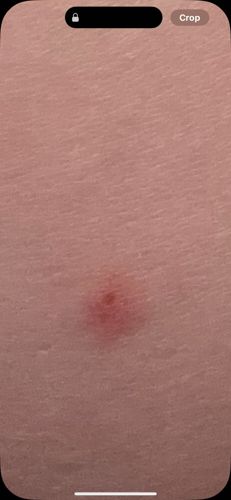Mosquito
Scientific Name: Culicidae (family)
Order & Family: Diptera, Culicidae
Size: 3 to 6 mm (0.12 to 0.24 inches) for most species, though some can be larger.

Natural Habitat
Mosquitoes are found worldwide in various habitats, especially near standing water sources like ponds, swamps, marshes, and even man-made containers (e.g., buckets, old tires) in urban and rural areas.
Diet & Feeding
Adult female mosquitoes feed on blood to obtain protein and nutrients for egg development. Both male and female mosquitoes also feed on nectar and plant juices for energy.
Behavior Patterns
Mosquitoes are most active during dawn and dusk, though some species bite during the day. They use a combination of carbon dioxide, body odor, and heat to locate hosts. Females lay eggs in or near water, and larvae and pupae develop in aquatic environments. Their life cycle typically involves four stages: egg, larva, pupa, and adult.
Risks & Benefits
Risks: Mosquitoes are significant vectors of various diseases, including malaria, dengue fever, Zika virus, West Nile virus, chikungunya, and yellow fever, causing millions of illnesses and deaths annually. The bites themselves can cause itchy, sometimes painful, localized allergic reactions (wheals or papules like the one pictured). Benefits: Mosquitoes serve as a food source for other animals (e.g., bats, birds, fish, frogs) and play a role in pollination for some plants.
Identified on: 9/7/2025